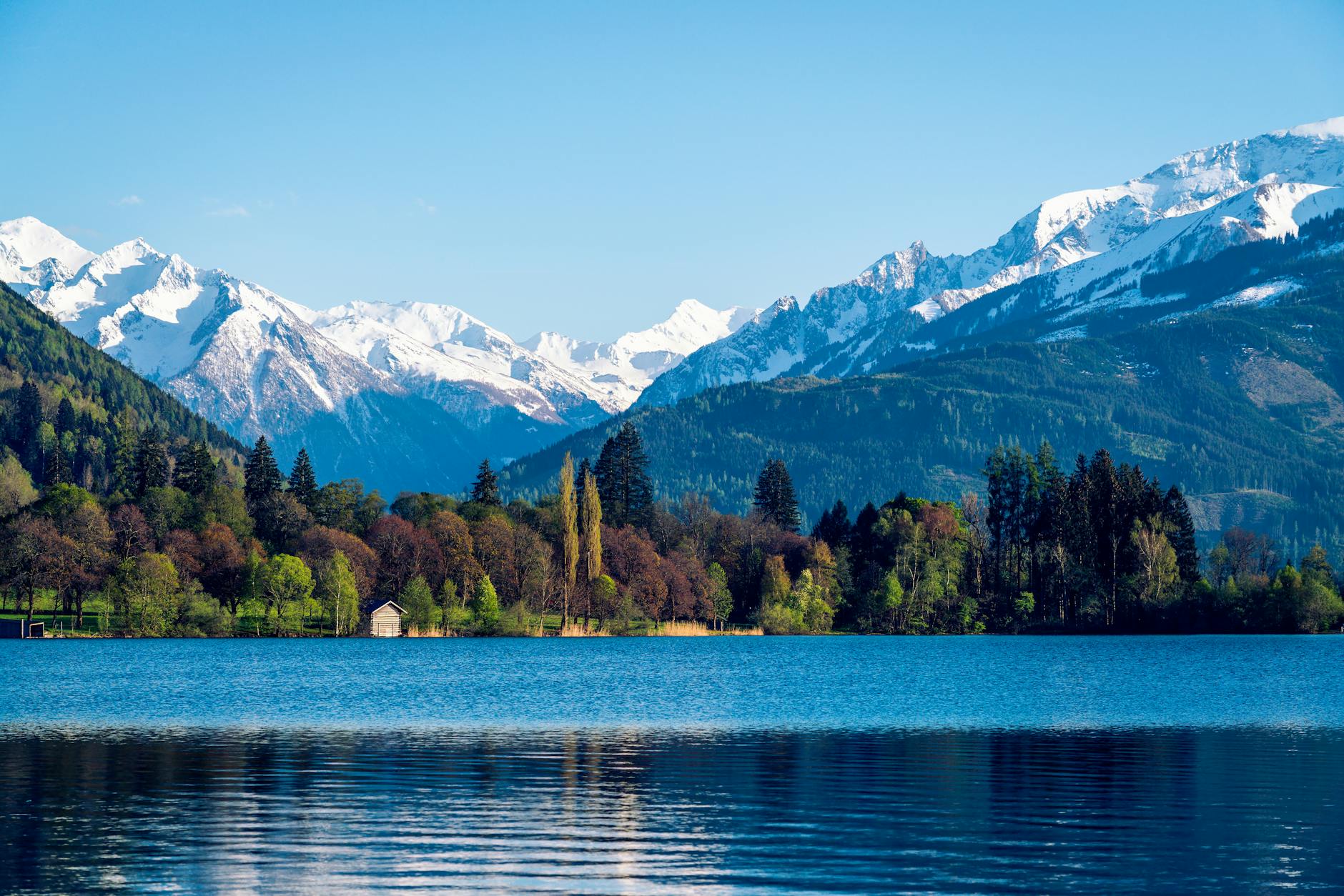ISRO and NASA’s NISAR Satellite: Why July 16 Could Change How We See Earth
Okay, let’s talk about something that’s actually exciting—not just another tech gadget, but a real game-changer for our planet. On July 16, ISRO and NASA are launching NISAR, a satellite that’s basically Earth’s new personal detective. And trust me, this isn’t your average space tech. It’s got brains, guts, and the kind of superpowers that could help us fight climate change, predict disasters, and even catch illegal loggers red-handed. All from space. Wild, right?
What’s So Special About NISAR?
First off, NISAR (short for NASA-ISRO Synthetic Aperture Radar) isn’t just another camera in the sky. It’s got two radar systems—L-band and S-band—working together like a perfectly tuned orchestra. While most satellites rely on sunlight or clear skies, NISAR sees through clouds, darkness, even thick forests. Imagine having X-ray vision for the entire planet. That’s what we’re dealing with here.
But here’s the thing—it’s not just about cool tech. This satellite could literally save lives. Let me break it down.
Forests Can’t Hide Anymore
You know how illegal logging happens in remote areas where no one’s watching? NISAR changes that. Its radar cuts through dense canopies like a hot knife through butter, exposing deforestation in real time. No more guessing how much carbon a forest holds or where trees are disappearing. For climate scientists, this is huge. Like, Nobel Prize-level huge.
Glaciers? Yeah, It’s Got That Covered Too
Here’s something scary: glaciers are melting faster than we thought. But until now, tracking their movement was like trying to measure a snail’s pace with a ruler. NISAR can detect shifts down to the centimeter—whether it’s ice cracking in Antarctica or glaciers retreating in the Himalayas. That data? Pure gold for predicting sea level rise.
And Wait, There’s More
Earthquakes, landslides, even underground water reserves—NISAR spots changes before they become disasters. Farmers could use its soil moisture maps to grow more food with less water. Cities could finally figure out why some neighborhoods keep sinking. The applications? Endless.
Why This Collaboration Matters
Let’s be real—space missions are expensive. A single satellite like this costs around ₹13,000 crore. But here’s where it gets interesting: NASA built the L-band radar, ISRO handled the S-band and the rocket. It’s like a tech potluck where everyone brings their best dish. And if this works? More collaborations are coming. Maybe next time, we’ll see India and the US teaming up for Mars or beyond.
The Bigger Picture
NISAR isn’t just about collecting data. It’s about making that data free for researchers, policymakers, even curious students. No paywalls, no secrets—just raw, unfiltered insights about our planet. In a world where information is power, that’s revolutionary.
Sure, there are challenges. Processing all that data will need supercomputers. And yeah, ₹13,000 crore isn’t exactly loose change. But here’s the kicker: what’s the alternative? Ignoring climate change until it’s too late? Letting disasters catch us off guard? Sometimes, you’ve got to spend big to save bigger.
Final Thoughts
July 16 isn’t just another launch date. It’s the start of a new era in how we understand—and protect—our planet. From tracking illegal loggers in the Amazon to predicting floods in Mumbai, NISAR’s eyes in the sky could make all the difference. And honestly? We’ve never needed it more.
FAQs (Because Someone Always Asks)
How is NISAR different from other satellites?
Most satellites need clear skies and daylight. NISAR? It works 24/7, rain or shine, thanks to radar that penetrates clouds and darkness.
Who gets access to the data?
Everyone. Scientists, governments, even your nerdy cousin studying environmental science. NASA and ISRO are making it freely available.
What’s the long-term goal here?
To create a sustainable blueprint for monitoring Earth—so future generations aren’t flying blind into climate chaos.
Source: Navbharat Times – Default










